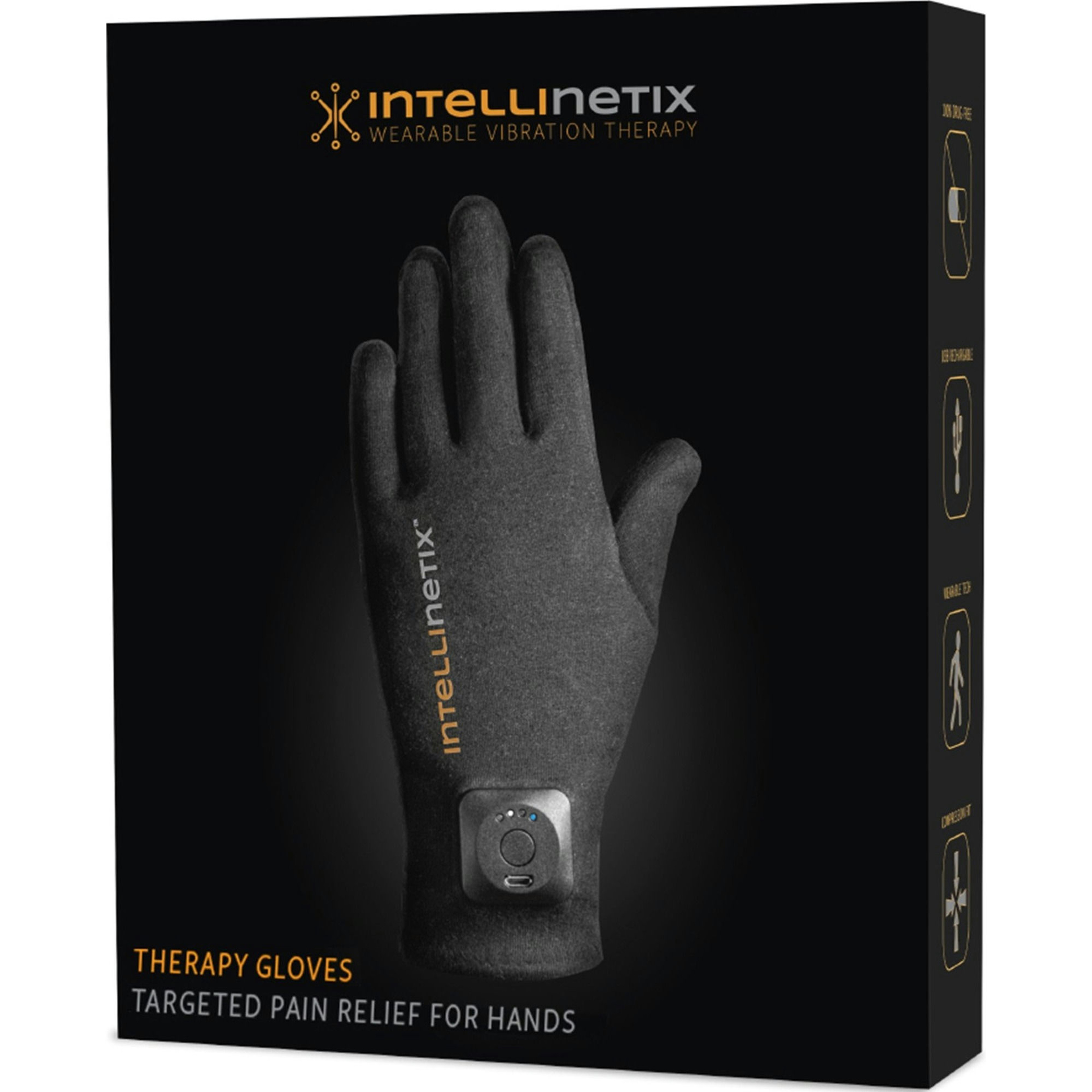
Intellinetix Vibration Therapy Glove Medium - 1 Pair
Arrives Sat, Jan 3 - Tue, Jan 6
FSA & HSA eligible

Arrives Sat, Jan 3 - Tue, Jan 6
FSA & HSA eligible
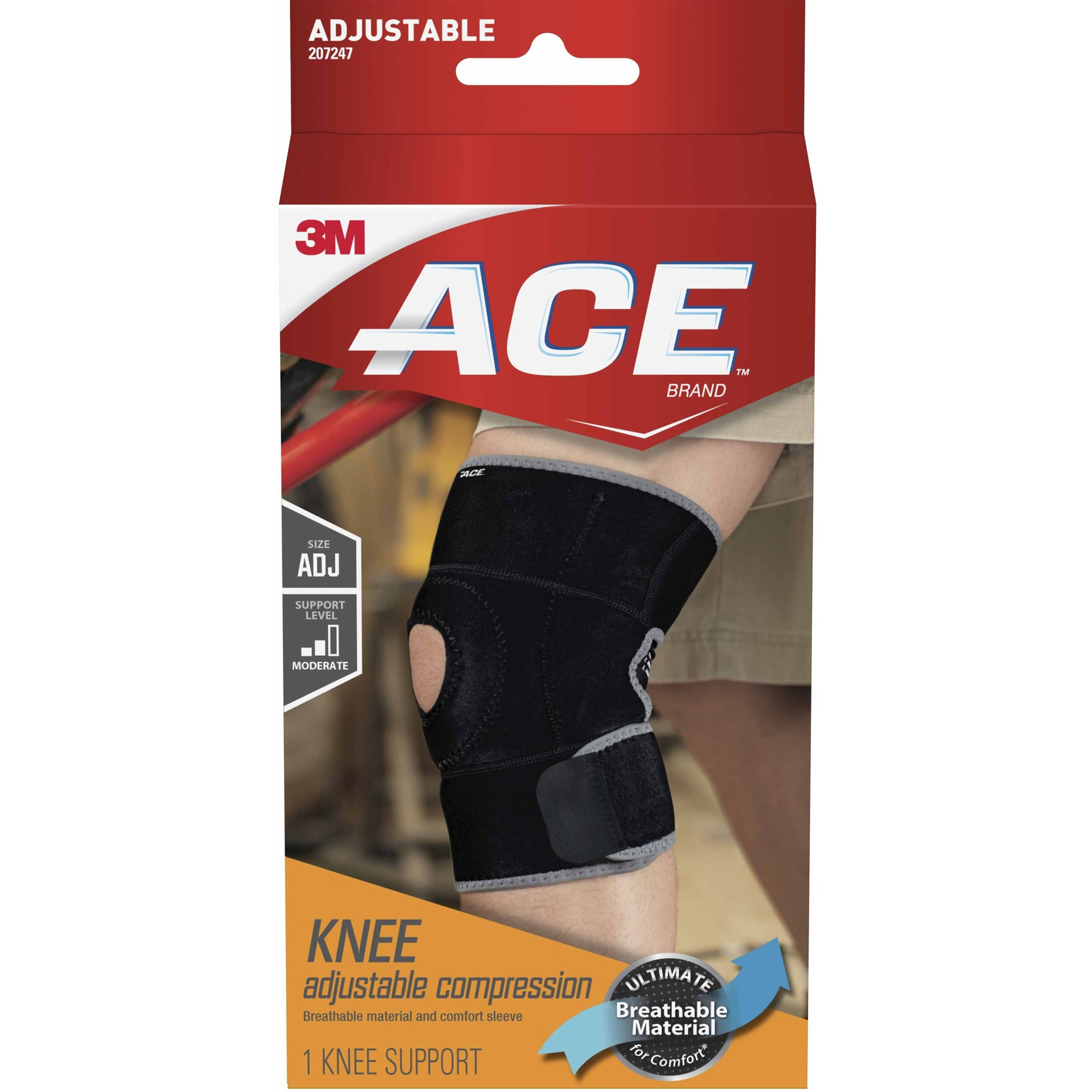
Arrives Sat, Jan 3 - Tue, Jan 6
FSA & HSA eligible
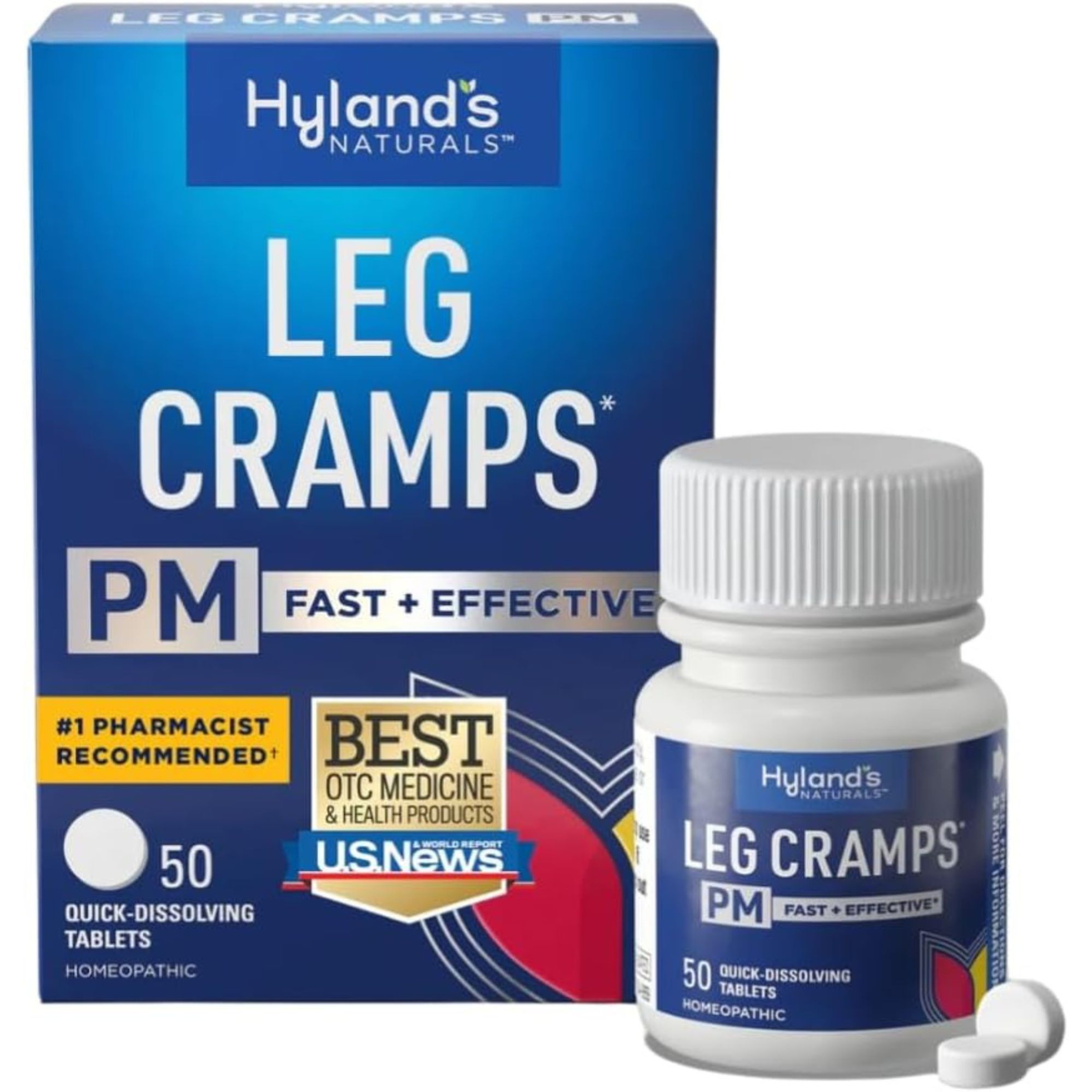
Arrives Sat, Jan 3 - Tue, Jan 6
FSA & HSA eligible
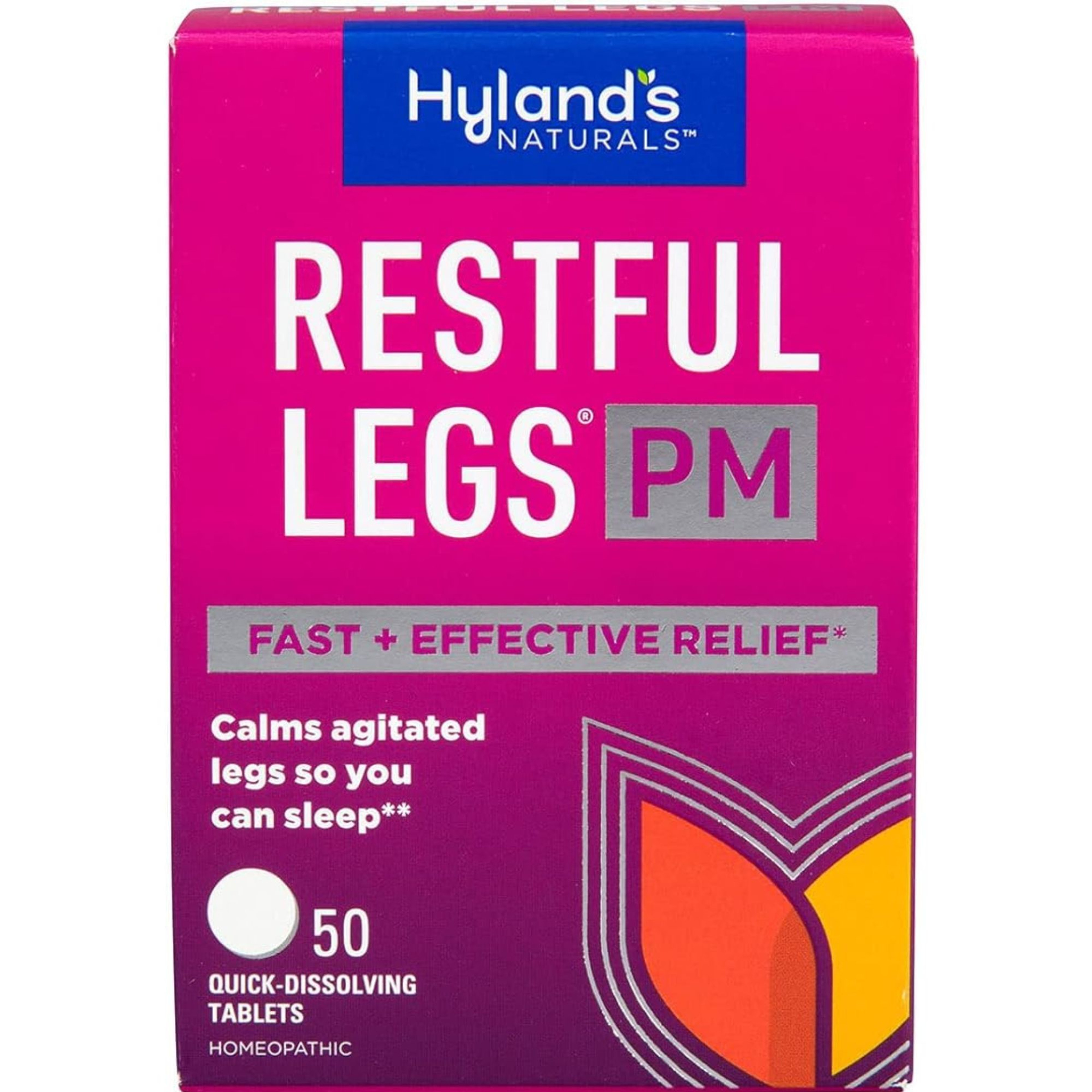
Arrives Sat, Jan 3 - Tue, Jan 6
FSA & HSA eligible
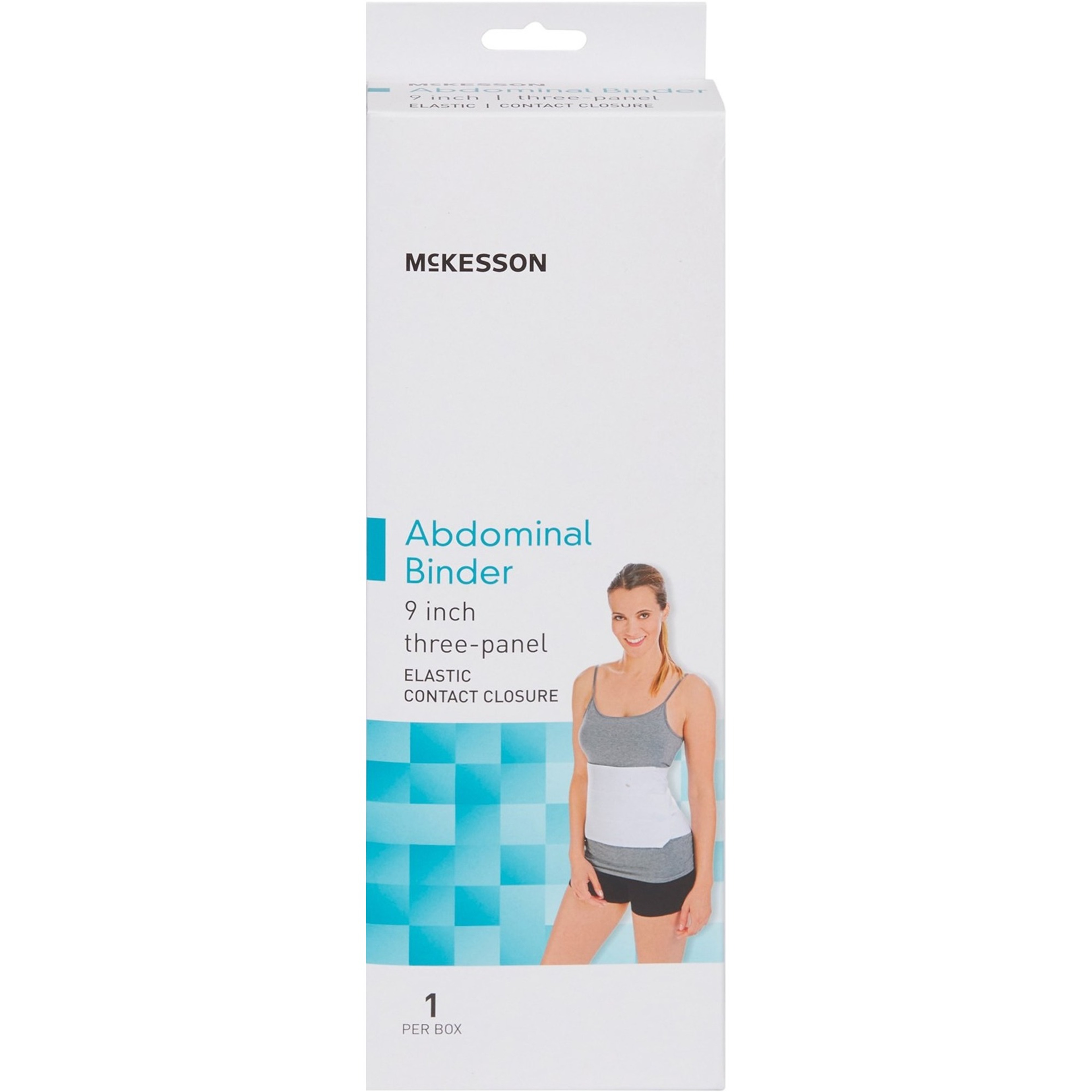
Arrives Sat, Jan 3 - Tue, Jan 6
FSA & HSA eligible
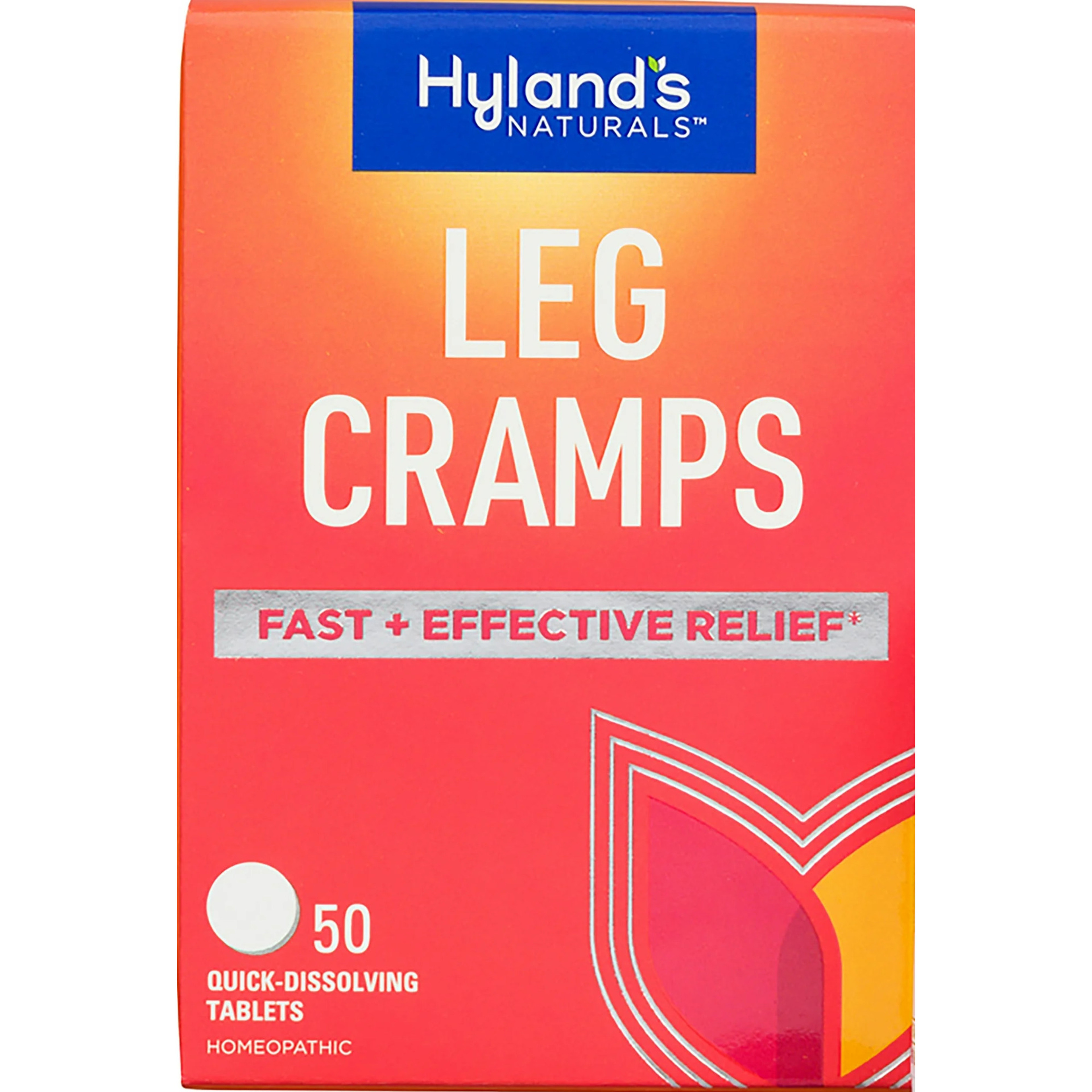
Arrives Sat, Jan 3 - Tue, Jan 6
FSA & HSA eligible
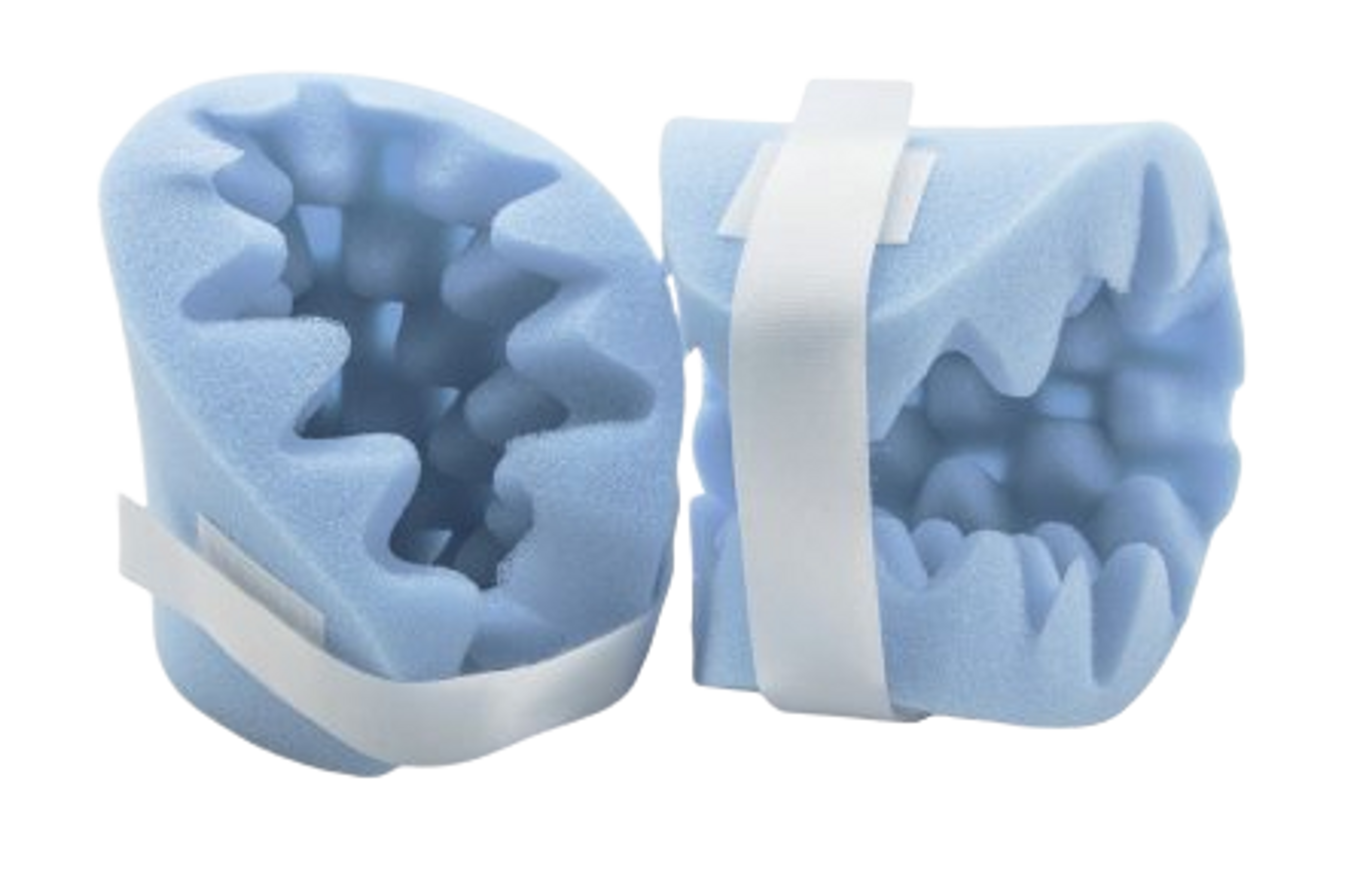
Arrives Sat, Jan 3 - Tue, Jan 6
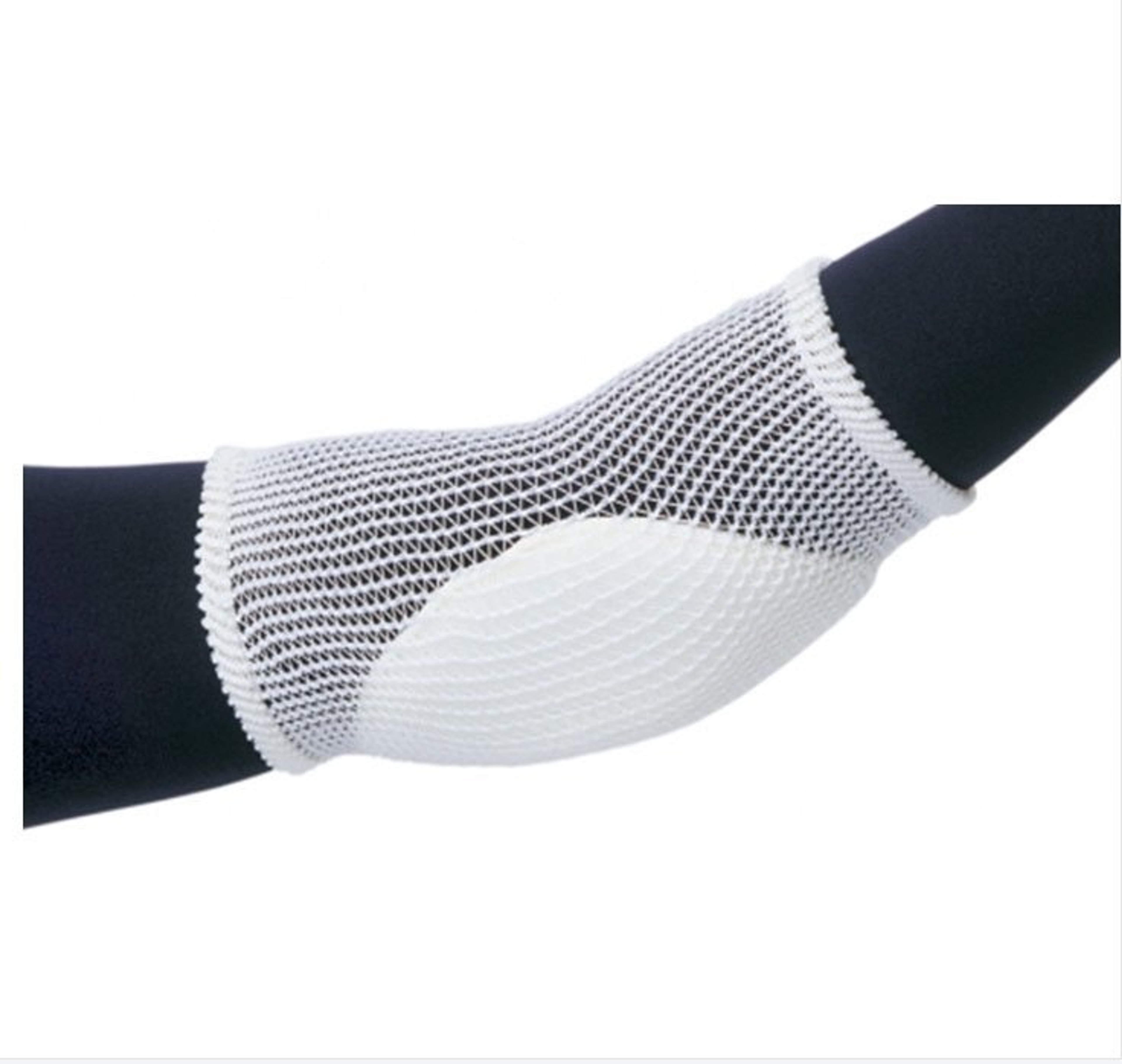
Arrives Sat, Jan 3 - Tue, Jan 6
FSA & HSA eligible
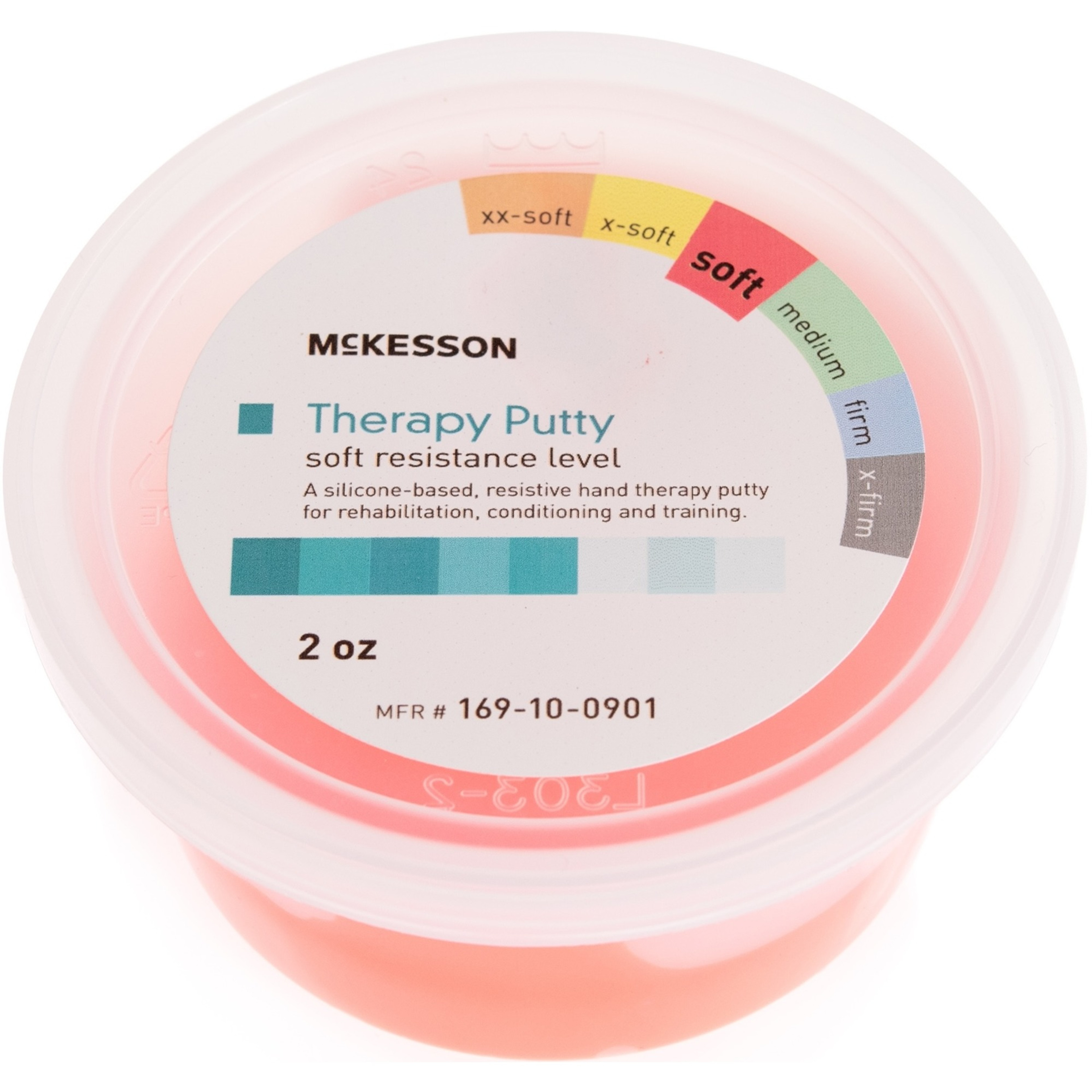
Arrives Sat, Jan 3 - Tue, Jan 6
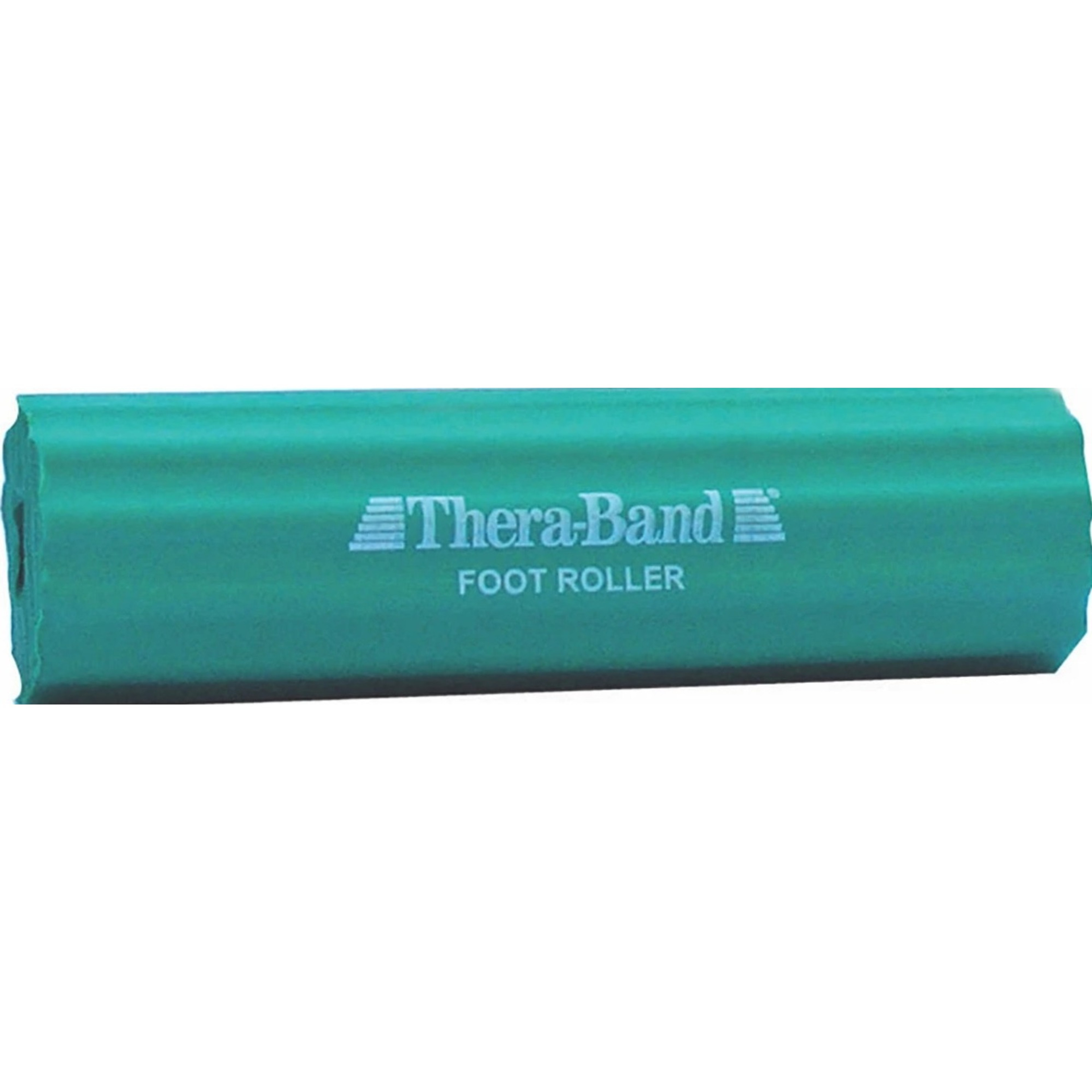
Arrives Sat, Jan 3 - Tue, Jan 6
FSA & HSA eligible
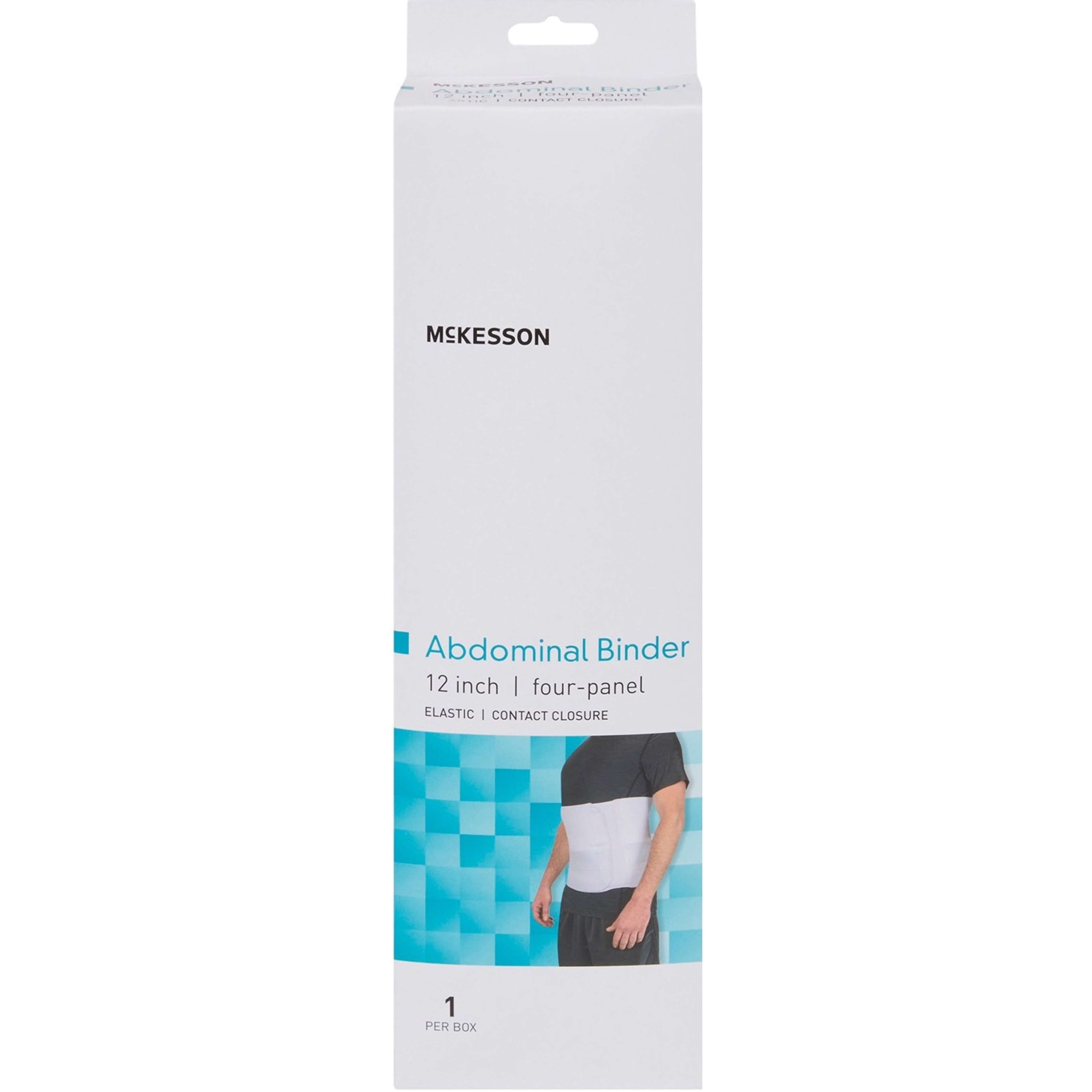
Arrives Sat, Jan 3 - Tue, Jan 6
FSA & HSA eligible

Arrives Sat, Jan 3 - Tue, Jan 6
FSA & HSA eligible

Arrives Sat, Jan 3 - Tue, Jan 6
FSA & HSA eligible
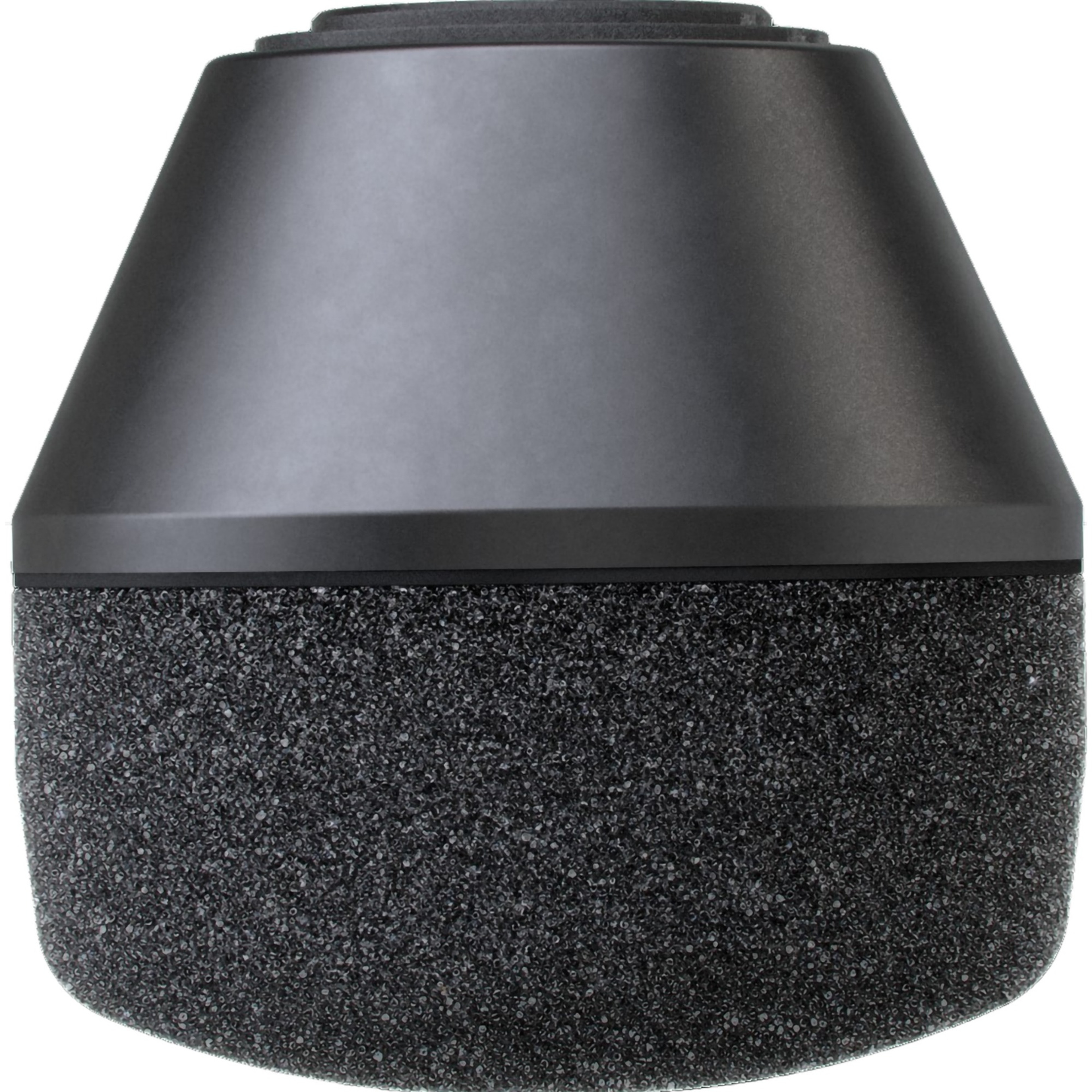
Arrives Sat, Jan 3 - Tue, Jan 6
FSA & HSA eligible
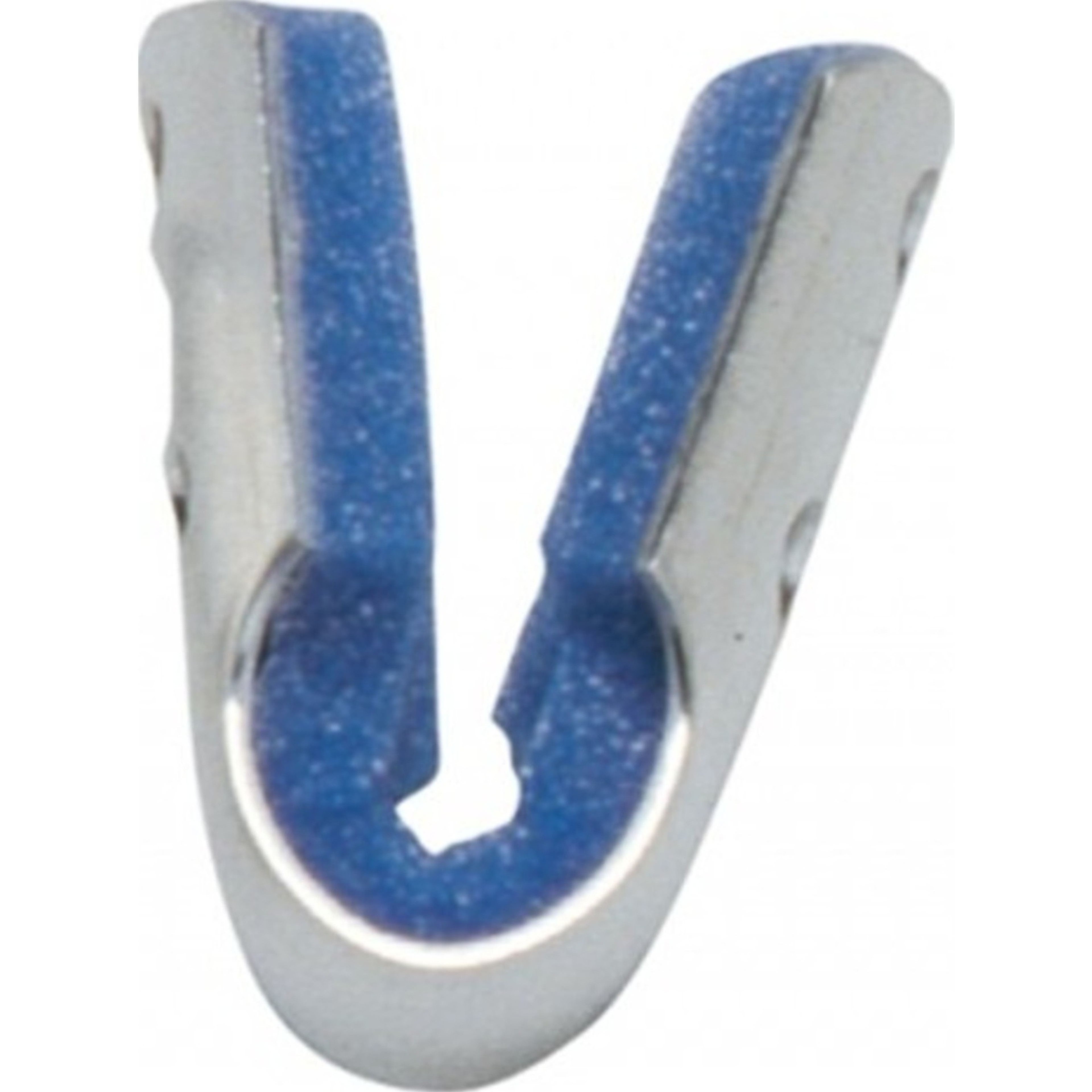
Arrives Sat, Jan 3 - Tue, Jan 6
FSA & HSA eligible
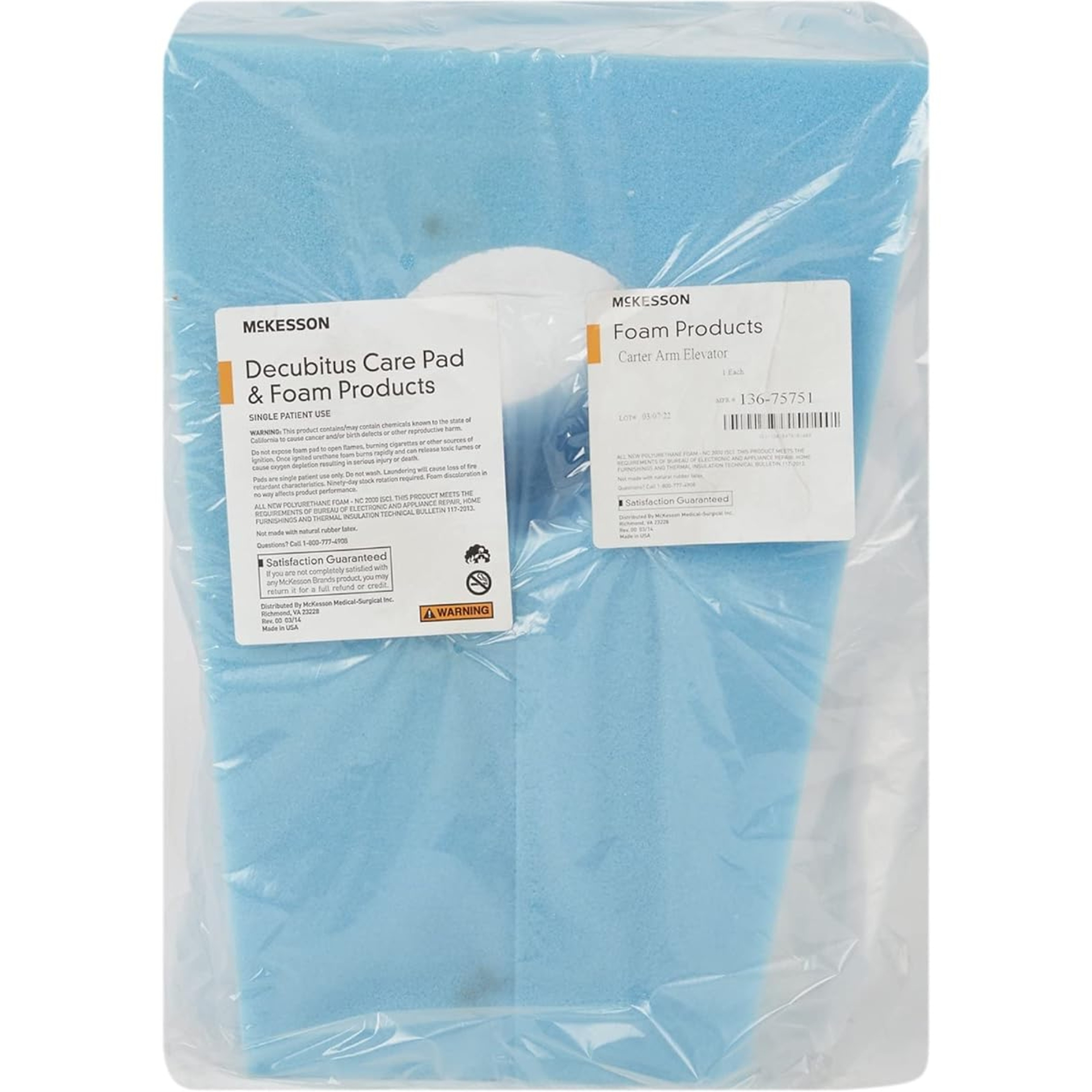
Arrives Sat, Jan 3 - Tue, Jan 6
FSA & HSA eligible
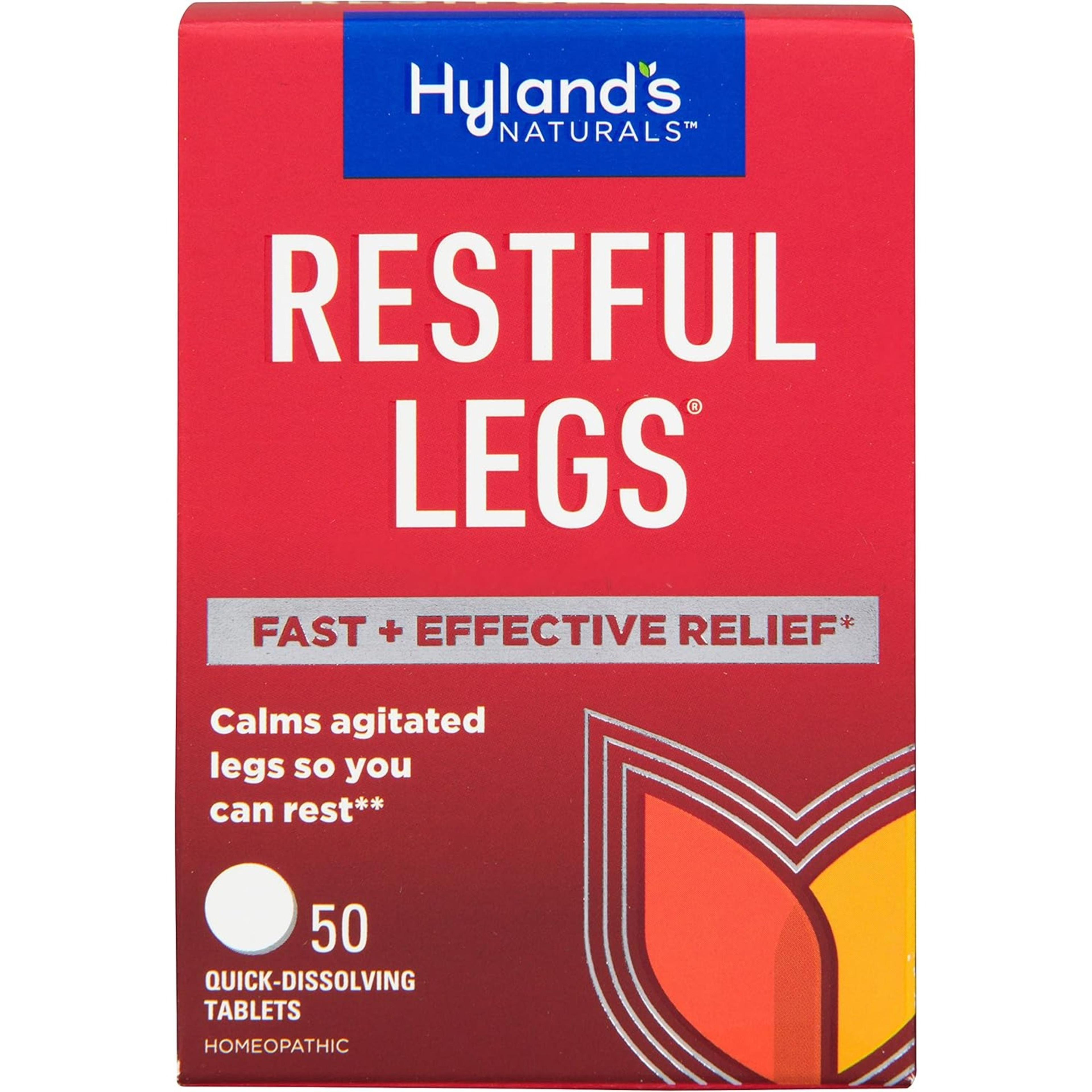
Arrives Sat, Jan 3 - Tue, Jan 6
FSA & HSA eligible
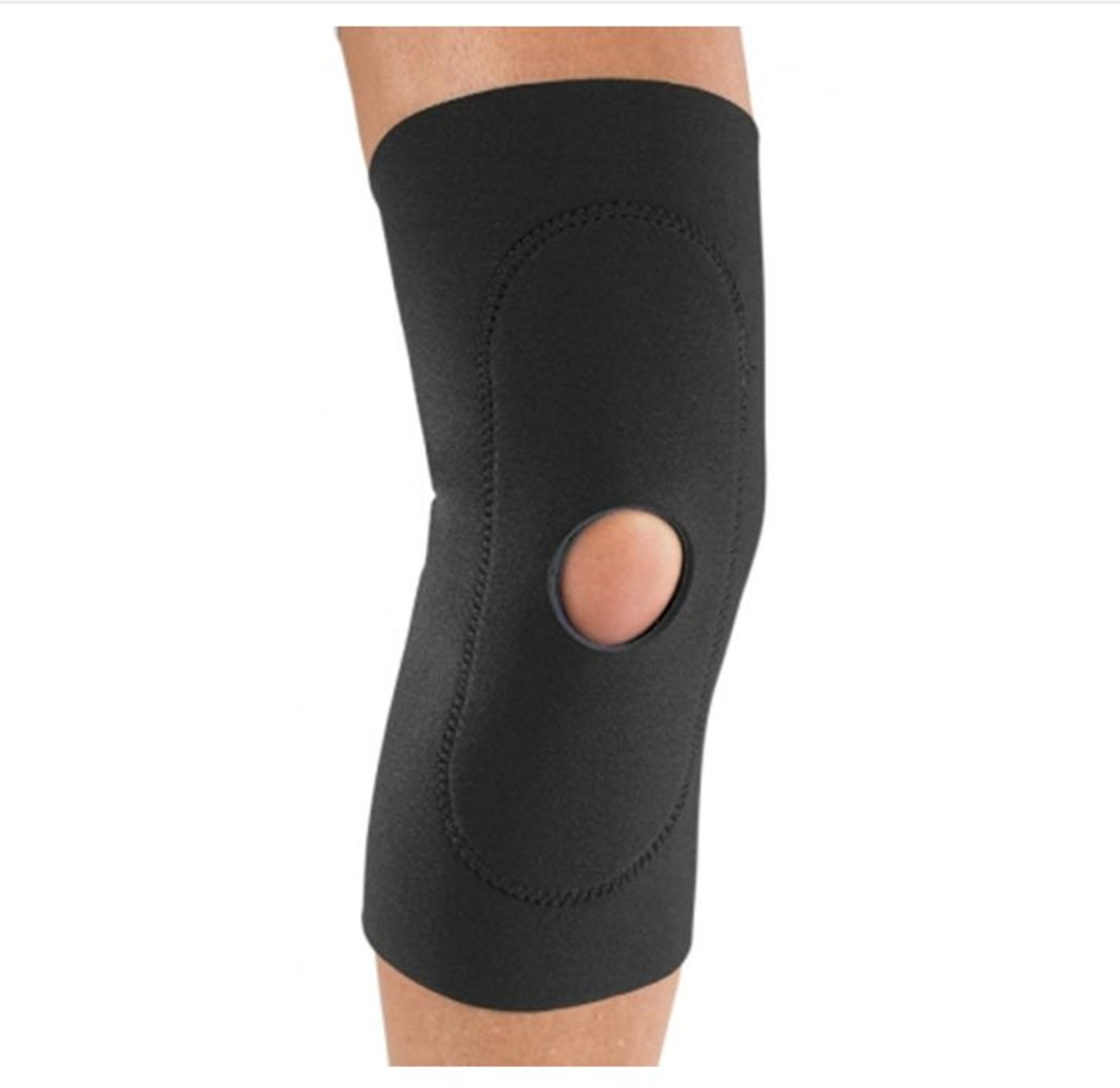
Arrives Sat, Jan 3 - Tue, Jan 6
FSA & HSA eligible
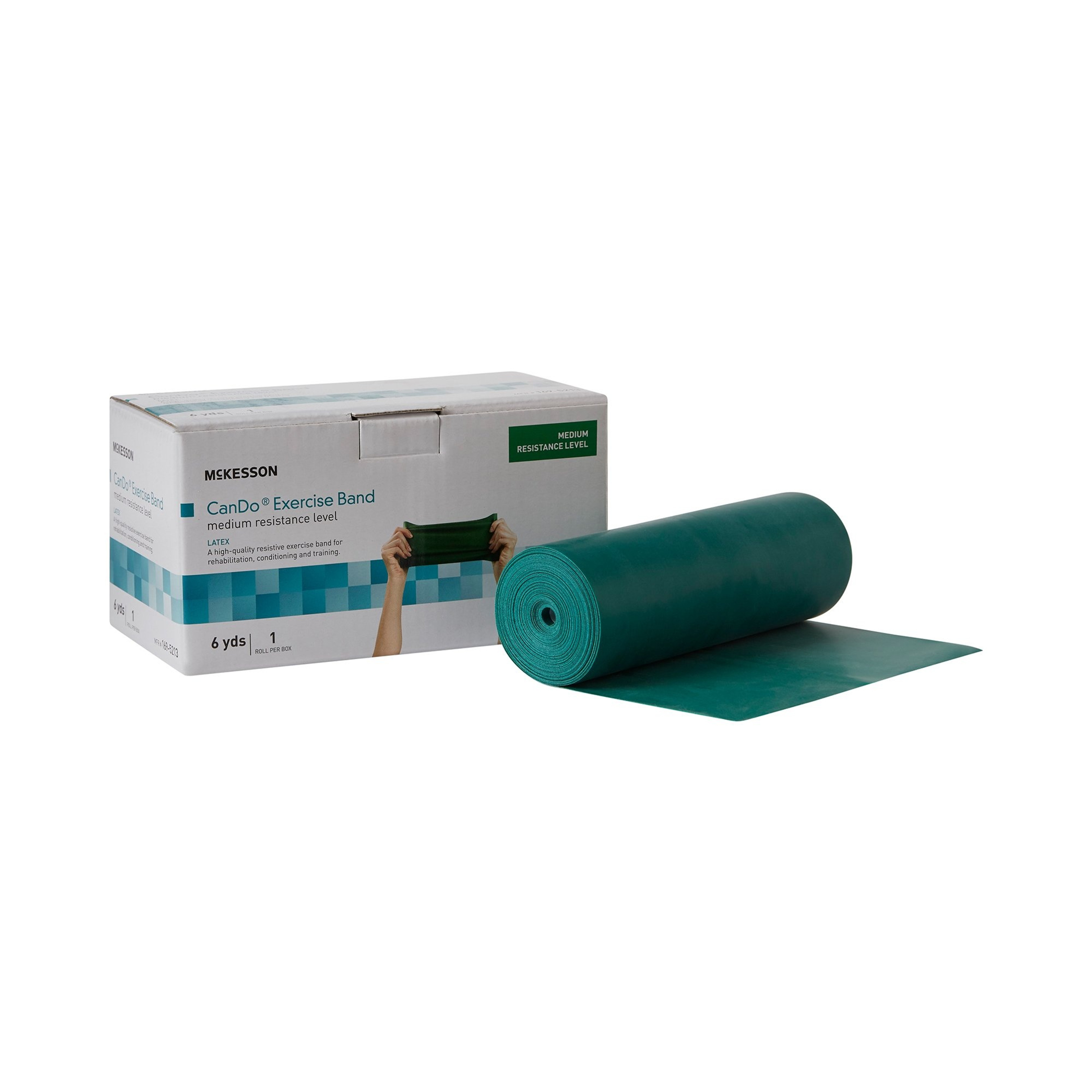
Arrives Sat, Jan 3 - Tue, Jan 6
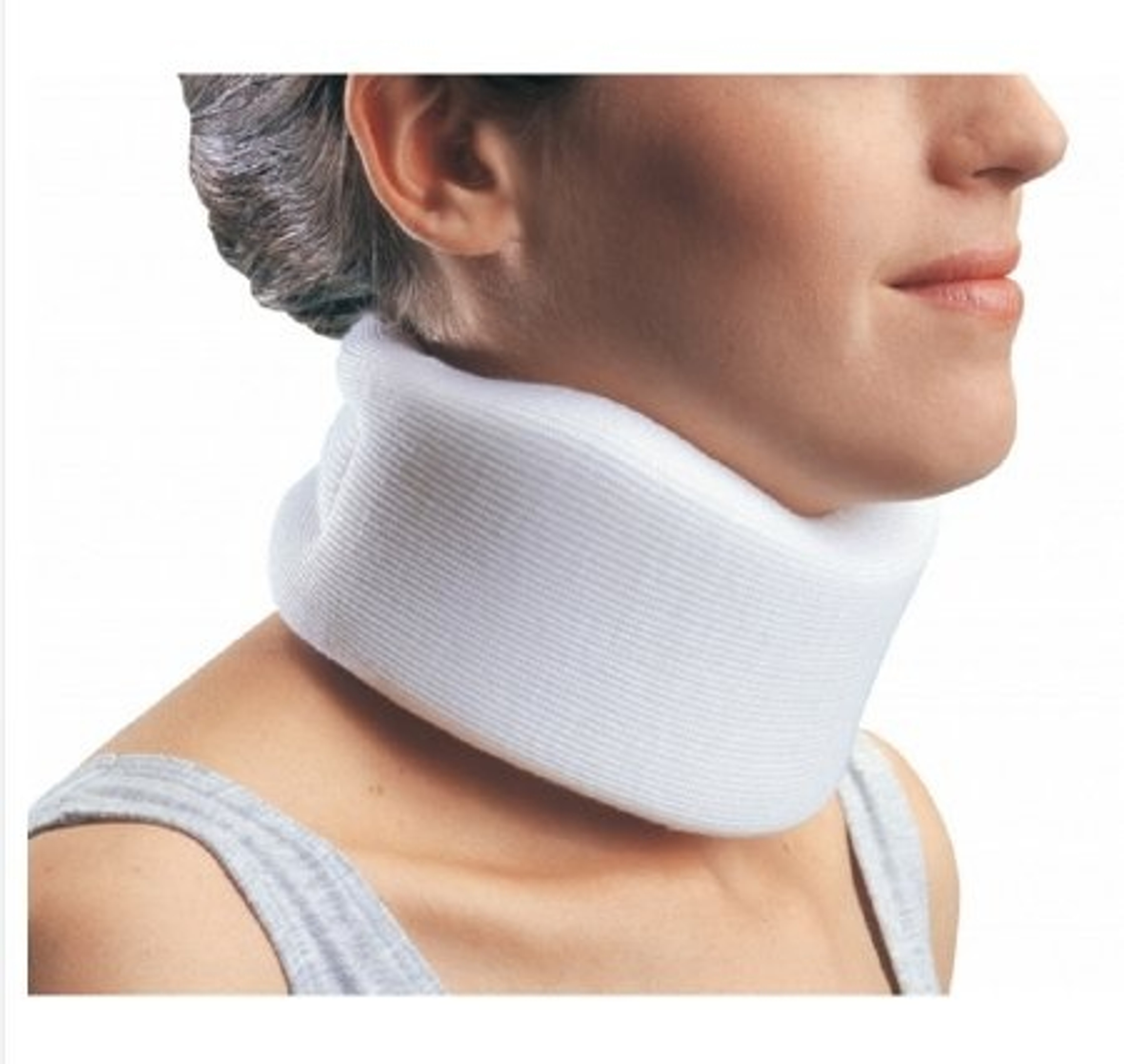
Arrives Sat, Jan 3 - Tue, Jan 6
FSA & HSA eligible

Arrives Sat, Jan 3 - Tue, Jan 6
FSA & HSA eligible
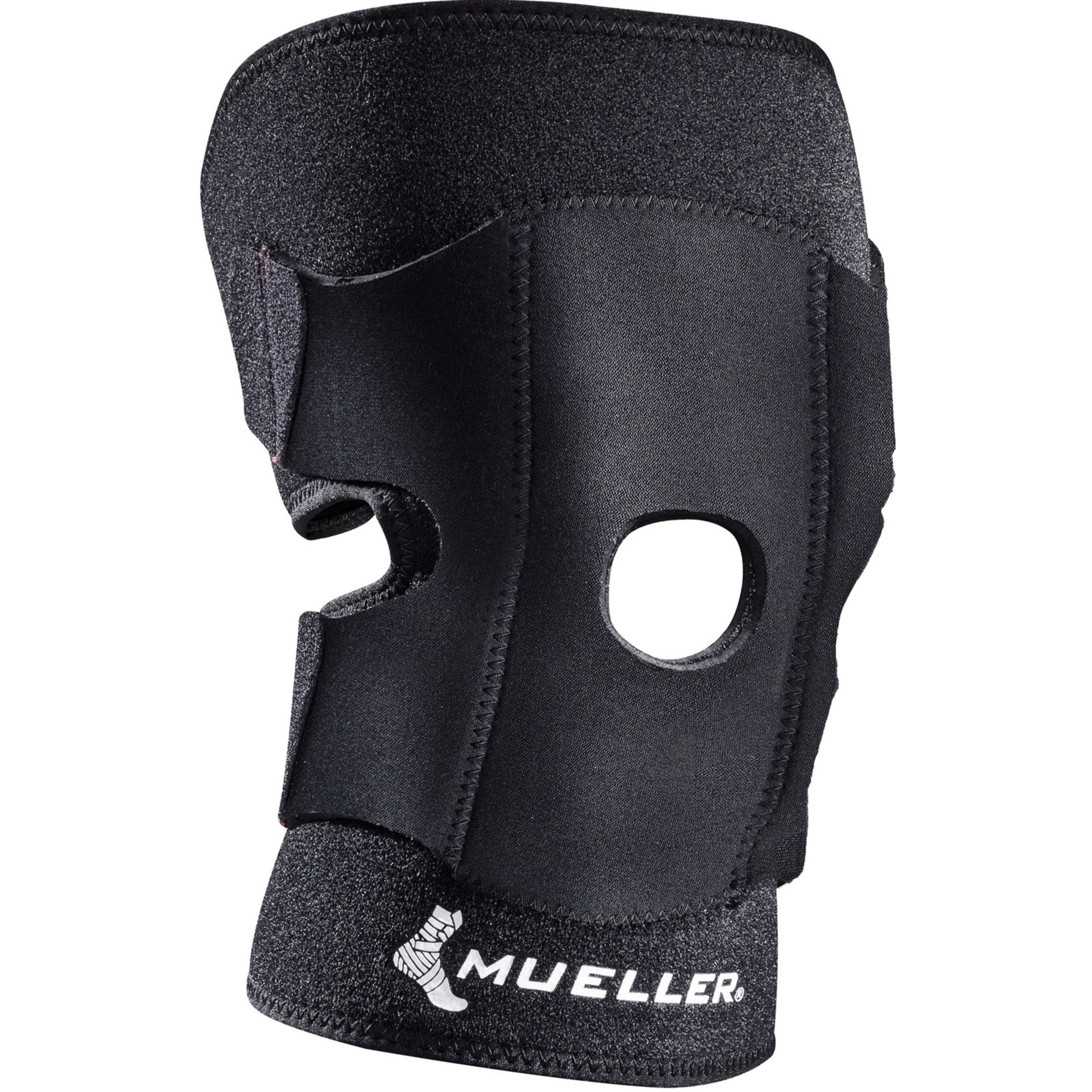
Arrives Sat, Jan 3 - Tue, Jan 6
FSA & HSA eligible
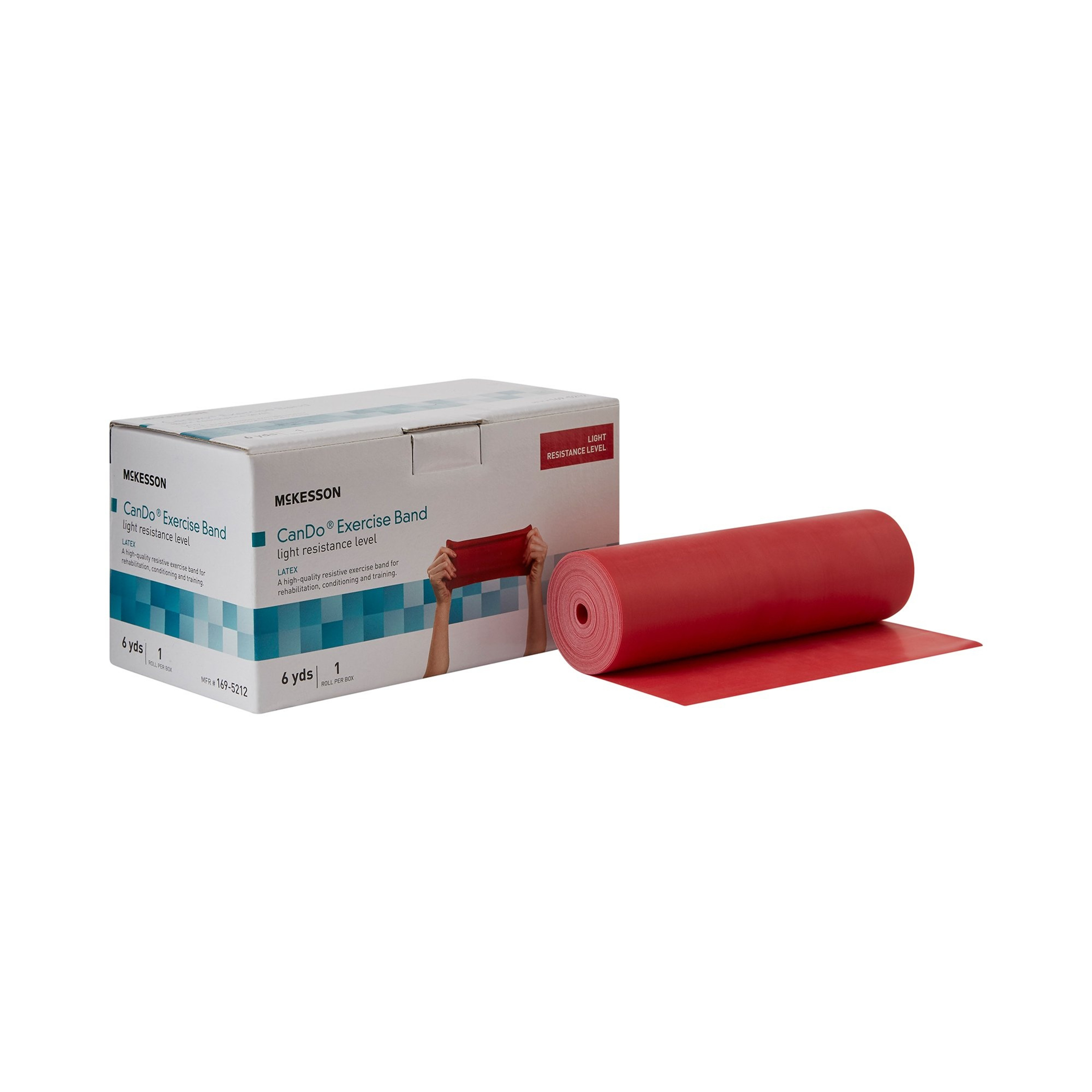
Arrives Sat, Jan 3 - Tue, Jan 6
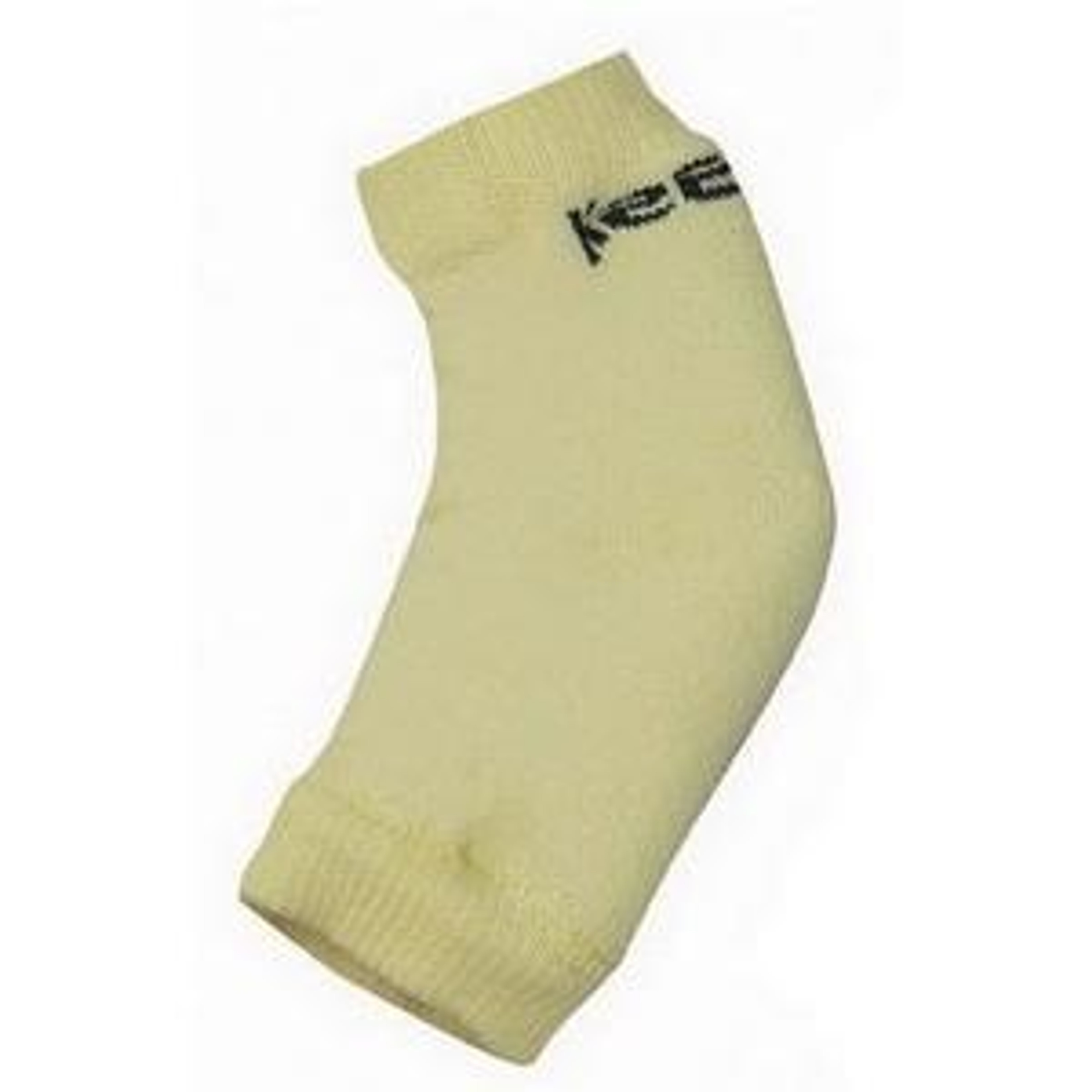
Arrives Sat, Jan 3 - Tue, Jan 6
FSA & HSA eligible
Engaging in physical therapy and recovery is essential for regaining strength, flexibility, and overall well-being after injury, surgery, or due to chronic conditions. This journey is often supported by a range of specialized products designed to aid healing and improve daily function. Braces, splints, and supports provide crucial stability and protection for injured joints and muscles, facilitating proper alignment and reducing pain. Exercise and physical therapy equipment, from resistance bands to balance boards, are fundamental for targeted strengthening and rehabilitation. Complementing these, hot and cold therapy offers effective pain relief and swelling reduction, while kinesiology and athletic tape provides support and promotes circulation. Even seemingly minor issues like leg cramps are addressed with specific medications, ensuring comfort during recovery, and massage guns aid in muscle recovery and relaxation. Activity and wellness trackers empower individuals to monitor progress and stay motivated throughout their recovery.
Choosing the most effective physical therapy and recovery products requires a careful assessment of your specific injury or condition and your rehabilitation goals. For braces, splints, and supports, consider the level of support needed (e.g., rigid vs. flexible), the body part affected, and whether it allows for adjustable compression. When selecting exercise and physical therapy equipment, think about the type of exercises prescribed by your therapist and the space available in your home. For hot and cold therapy, decide between reusable packs, wraps, or electric devices based on convenience and duration of relief. Kinesiology and athletic tape should be chosen based on adhesive strength, flexibility, and whether you require pre-cut strips or a full roll. For muscle soreness and tightness, consider a massage gun, assessing its power, attachments, and portability. Reputable brands like 3M and Therabody offer a wide variety of high-quality products to support your recovery journey.
At Carewell, we are dedicated to providing the essential tools for a successful physical therapy and recovery journey. Our extensive selection includes a wide range of activity and wellness trackers, braces, splints, and supports, along with comprehensive exercise and physical therapy equipment. We also offer effective hot and cold therapy solutions, kinesiology and athletic tape, leg cramp medications, and advanced massage guns. We meticulously curate our offerings from trusted brands to ensure you receive durable, effective, and comfortable products.
Browse our full collection of physical therapy & recovery supplies online now and enjoy fast, free shipping on orders over $49. Need help choosing the right product? Our friendly Customer Care Team is here for you. Call us at 800-696-2273. We’re here to help you feel confident and supported, every step of the way.
Browse our Resource Center for more helpful tips.
7 Physical Therapy Exercises You Can Do At Home